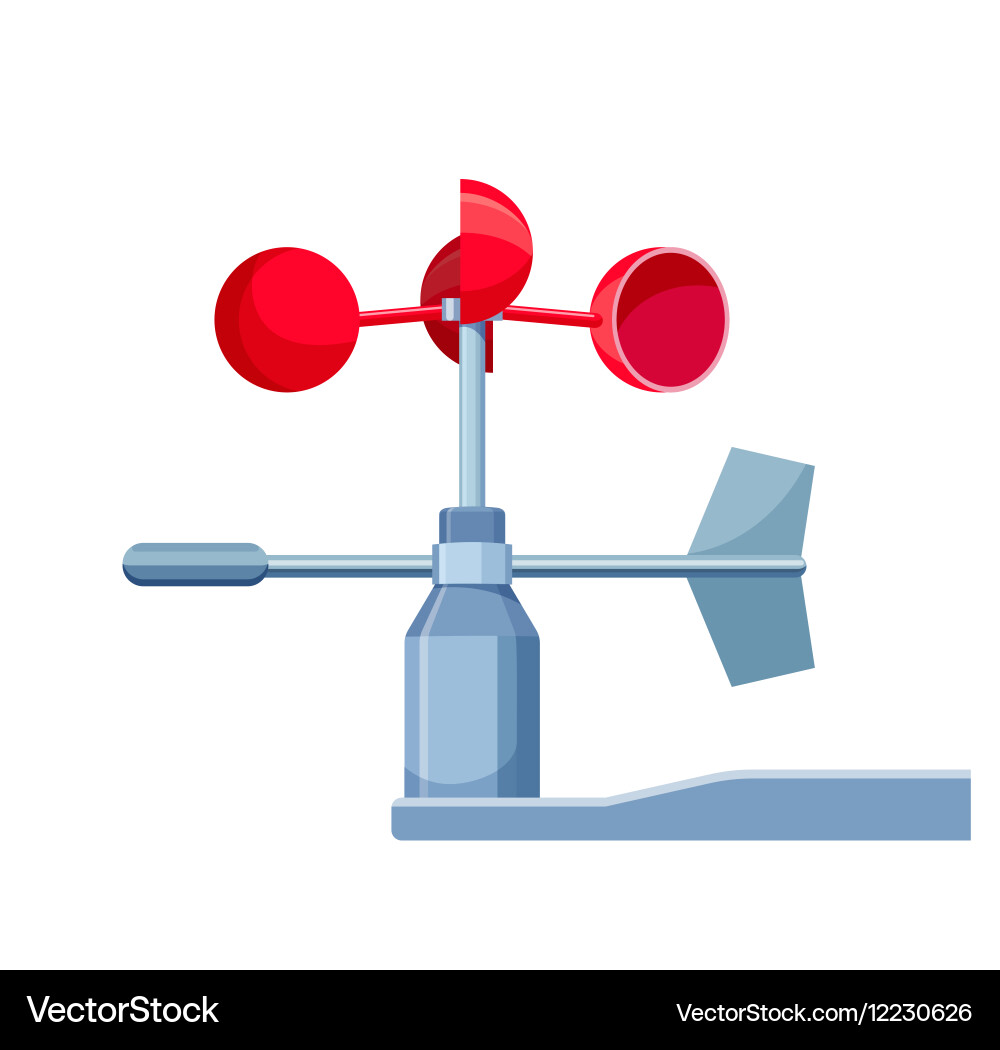Leading Attributes to Seek in an Efficient Anemometer for Accurate Wind Measurement
Leading Attributes to Seek in an Efficient Anemometer for Accurate Wind Measurement
Blog Article
All You Need to Learn About Anemometers: Just How They Work, Why They Matter, and Where to Utilize Them
Anemometers, however commonly neglected in the world of scientific tools, play a vital function in various areas, offering valuable understandings into wind rate and airflow patterns. Comprehending the auto mechanics behind these devices is essential for any individual seeking to harness the power of this data. From meteorologists tracking climate patterns to engineers developing structures with wind loads in mind, the applications of anemometers are far-ranging and varied. As we look into the details of anemometer innovation, we will reveal the inner functions of these devices, their importance, and the crucial factors to consider when selecting the best anemometer for specific applications.

Anemometer Essentials
An important instrument used to gauge wind rate and instructions, the anemometer plays a crucial duty in weather forecasting and different markets. An anemometer normally consists of three or 4 mugs that rotate in the wind, a vane that aims right into the wind, and sensors to track the rotations or movements. By determining the turnings or activities over a certain period, the anemometer can establish wind rate. The vane helps determine wind instructions by aiming into the wind, providing useful information for weather forecasting, aeronautics, maritime operations, environmental monitoring, and wind power applications.
There are numerous kinds of anemometers available, including mug anemometers, vane anemometers, hot-wire anemometers, and sonic anemometers, each with its distinct attributes and applications. Cup anemometers are generally utilized for fundamental wind rate dimensions, while vane anemometers are liked for directional dimensions.
Principles of Anemometer Operation
Building on the foundational understanding of anemometer basics, the concepts of anemometer operation elucidate the mechanics behind wind rate and direction dimensions. Mug anemometers, for circumstances, have three or even more cups that catch the wind, triggering them to spin quicker as the wind rate rises. Hot-wire anemometers depend on a heated cord that cools down as wind passes over it, with the rate of cooling determining the wind rate.
Relevance of Anemometers
Anemometers play an essential duty in measuring wind speed and instructions, giving crucial data for weather projecting, climate studies, environmental tracking, and aviation operations. Meteorologists count on anemometers to gather accurate wind data, assisting them recognize climate patterns, forecast tornados, and concern timely warnings to the public. Wind ranch drivers utilize anemometers to assess wind problems and take full pop over to this site advantage of electrical energy manufacturing from wind generators.
Applications Throughout Various Industries
Applications of anemometers cover across varied markets, showcasing their adaptability and utility past meteorology. In the renewable resource field, anemometers play an essential duty in assessing wind problems for wind ranch placements, making sure optimal energy manufacturing. Industries like construction and mining use anemometers to monitor wind rates, vital for safety methods, especially when functioning at elevations or in open-pit mines where strong winds can position hazards. Anemometers are additionally integral in the aviation sector, assisting pilots in comprehending airspeed and wind direction for risk-free take-offs and touchdowns. The maritime industry take advantage of anemometers for ship navigation, aiding sailors anticipate climate adjustments and readjust paths as necessary. In agriculture, anemometers assist farmers in managing crop spraying by supplying real-time information on wind speed to avoid drift. Anemometers discover applications in A/c systems to optimize air flow and boost power performance in structures. The varied use cases of anemometers underscore their value throughout various industries, highlighting their indispensable role in improving operational safety and efficiency (anemometer).

Selecting the Right Anemometer for Your Needs
For general purposes, a cup anemometer is appropriate for gauging wind rate, while a vane anemometer provides wind direction data. Hot-wire anemometers are suitable for low airspeed measurements, and ultrasonic anemometers use high accuracy and longevity.

Verdict
In conclusion, anemometers play an important duty in gauging wind rate and direction across different industries. our website Comprehending the principles of anemometer operation is essential for picking the best device for specific demands. From weather forecasting to aeronautics, anemometers are essential tools for guaranteeing and accumulating accurate information security in different applications. When picking the most appropriate gadget for gauging wind problems., it is important to think about the significance of anemometers in order to make educated choices.
There are numerous More Info types of anemometers offered, consisting of cup anemometers, vane anemometers, hot-wire anemometers, and sonic anemometers, each with its unique features and applications. Mug anemometers are frequently made use of for basic wind speed dimensions, while vane anemometers are favored for directional measurements. Hot-wire anemometers are suitable for reduced airspeeds, and sonic anemometers are optimal for high-precision measurements in study and industrial settings.Structure on the fundamental understanding of anemometer fundamentals, the concepts of anemometer operation clarify the mechanics behind wind rate and instructions measurements. For general functions, a cup anemometer is ideal for determining wind rate, while a vane anemometer offers wind instructions information.
Report this page